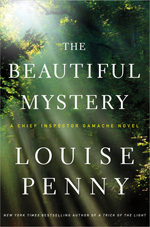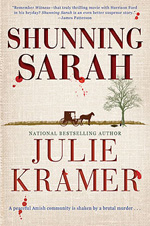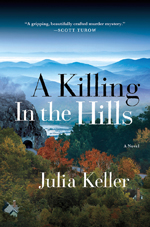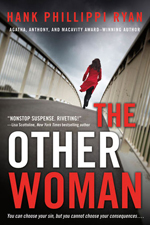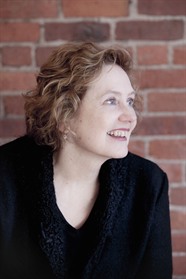William Kent Krueger: Trickster’s Point
William Kent Krueger is one of the best pure storytellers I can think of. The way he presents each character in his books makes them at the same time ordinary and mythic. His central character, Cork O’Connor, is no exception, a peaceful warrior detective who has weathered losing his wife and has maintained a stable inner core through all his travails. He is a hunter and a discoverer.
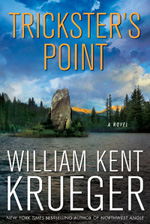 In this story, Cork has been out hunting with an old friend, Jubal Little, who ends up dead thanks to an arrow through his chest. Jubal is not only Cork’s friend but the first candidate for Governor in Minnesota with Native blood, making his death big news. It becomes clear that Jubal and Cork’s relationship was both long and complicated, and the story of this novel is essentially the story of a friendship. Cork is the main suspect in Jubal’s death as he had stayed with Jubal while he died instead of going for help. Also, the arrow, handmade, is distinctively one of Cork’s.
In this story, Cork has been out hunting with an old friend, Jubal Little, who ends up dead thanks to an arrow through his chest. Jubal is not only Cork’s friend but the first candidate for Governor in Minnesota with Native blood, making his death big news. It becomes clear that Jubal and Cork’s relationship was both long and complicated, and the story of this novel is essentially the story of a friendship. Cork is the main suspect in Jubal’s death as he had stayed with Jubal while he died instead of going for help. Also, the arrow, handmade, is distinctively one of Cork’s.
